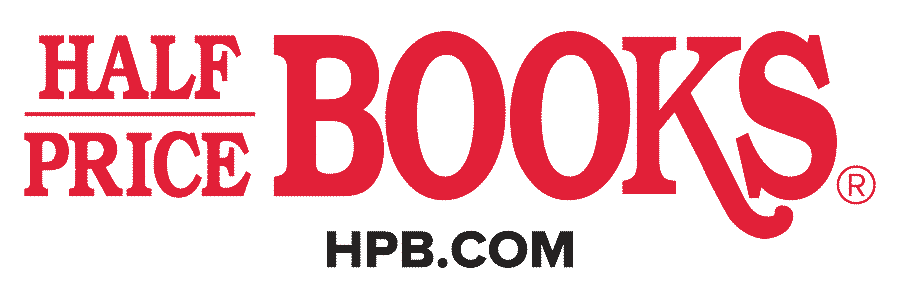Overview
Agile is broken.
Most Agile transformations struggle. According to an Allied Market Research study, "63% of respondents stated the failure of agile implementation in their organizations." The problems with Agile start at the top of most organizations with executive leadership not getting what agile is or even knowing the difference between success and failure in agile.
Agile transformation is a journey, and most of that journey consists of people learning and trying new approaches in their own work. An agile organization can make use of coaches and training to improve their chances of success. But even then, failure remains because many Agile ideas are simply flawed, starting with ideas in the Agile Manifesto that are oversimplifications. Coupled with other ideas that have become associated with Agile such as Test-Driven-Development (TDD) and its unit test-centric approach to programming, an overall inertia and resistance to change in the Agile community, and practices like "agile team rooms," the Agile movement is ripe for change since its birth twenty years ago.
"Agile 2" represents the work of dozens of field tested Agile experts and distilled into "Agile 2: The Next Iteration of Agile" by a subset of the team. Agile 2 values these pairs of attributes: thoughtfulness and prescription; outcomes and outputs, individuals and teams; business and technical understanding; individual empowerment and good leadership; adaptability and planning. With a new set of Agile principles to take Agile forward over the next 20 years, Agile 2 is applicable beyond software and hardware to all parts of an agile organization including "Agile HR", "Agile Finance", and so on.
Like the original "Agile", "Agile 2", is just a set of ideas - powerful ideas. To undertake any endeavor, a single set of ideas is not enough. But a single set of ideas can be a powerful guide.
- Format: TradePaperback
- Author: Cagle, Kurt
- ISBN: 9781119799276
- Condition: Used
- Dimensions: 9.00 x 1.00
- Number Of Pages: 432
- Publication Year: 2021

